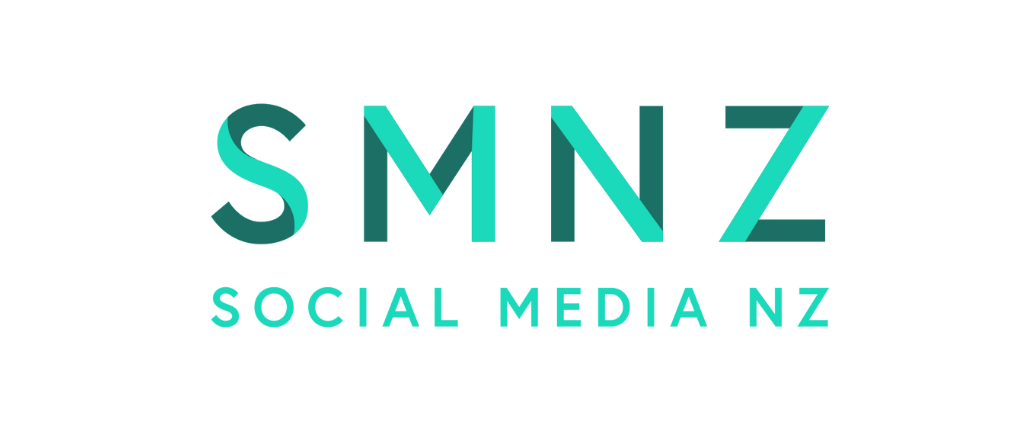Facebook to phase out subsidies for content creators on Watch in a bid to compete with YouTube
Since the creation of the platform at the end of August 2017, Watch has had a relatively quiet presence on the world stage. Rolled out for US users only, the platform is designed to suggest shows watched by your friends, and categorise content on the basis of the emotions people express through Reacts.Although initially Facebook funded the shows on Watch through subsidies, this year they have announced a switch to monetisation and ad-revenue, complimenting their business model. Creators on the platform will now receive 55% of the ad revenue from their shows, while Facebook keeps 45%.Facebook has also introduced new advertising formats to the platform. Firstly, they have abandoned their hardline stance against pre-roll ads. Secondly, they have introduced an algorithm which suggests the most suitable parts of the episode for an ad-break. The creators have a choice of whether or not the ads are inserted mid-way. And more importantly, they are offering a pre-publish brand safety check, which will allow creators to submit their content for review to ensure that it can be monetised.Many Watch partners have spoken about their hesitance to commit to the platform, as Facebook is requesting full ownership of the shows streamed on the platform. In addition, the uncertainty of a new platform is putting many off. YouTube’s polished monetisation process remains a very attractive prospect for creators. But far from writing Watch off as an experiment doomed to fail, many are hopeful for a platform which will learn from YouTube’s mistakes.There is a lot of potential for Watch. Facebook has the highest number of users in the world, hovering around 2 billion, with YouTube not far behind at around 1.5, but Watch has the potential to change that.Those who click off Facebook and onto YouTube and vice versa do so because of the drastic difference in formats and content between the two platforms. If one of the platforms branches out, as Facebook is doing, it may become unnecessary to leave the platform at all. This is incredibly dangerous for YouTube, as it is more natural for Facebook to branch out into video content than it is for YouTube to move towards a written, social content structure. Watch has the potential of being incredibly successful, as the seamlessness of transitioning from social content to video content could win over loyalty to YouTube. That is, if Facebook learns from YouTube’s mistakes. So far, they seem to be doing well.They have adopted the things YouTube has already tested, such as pre-roll ads, which no longer pose a risk to the survival of the platform. But they have also improved upon the weaknesses in YouTube’s operations. The ability to submit a video for a brand-friendliness check bypasses the issue YouTube is having with their creators, covered in more detail in the previous article.They are setting a clear benchmark for who will be able to have their videos monetised, so no creator will feel entitled to ad revenue unless they tweak their content to fit what brands want. While this may discourage smaller, more niche creators from using Watch, it will also clarify the relationship between creators and the platform in a way that YouTube doesn’t.Facebook’s new platform is definitely one to watch (heh). Watch could be a step towards the full integration of online experience into Facebook. It is a very clever move. The more purposes Facebook has, the less need there will be for reaching for another app. We could be moving towards a full consolidation of the digital landscape, which is tantalising in its convenience and terrifying in its implications. Watch’s worldwide debut will be a fascinating experiment.

